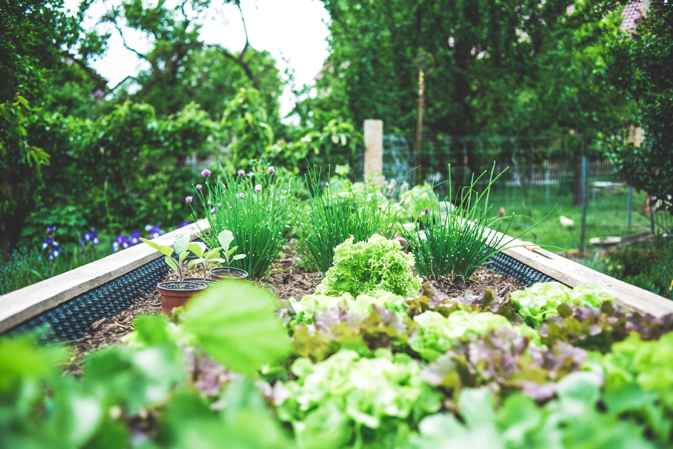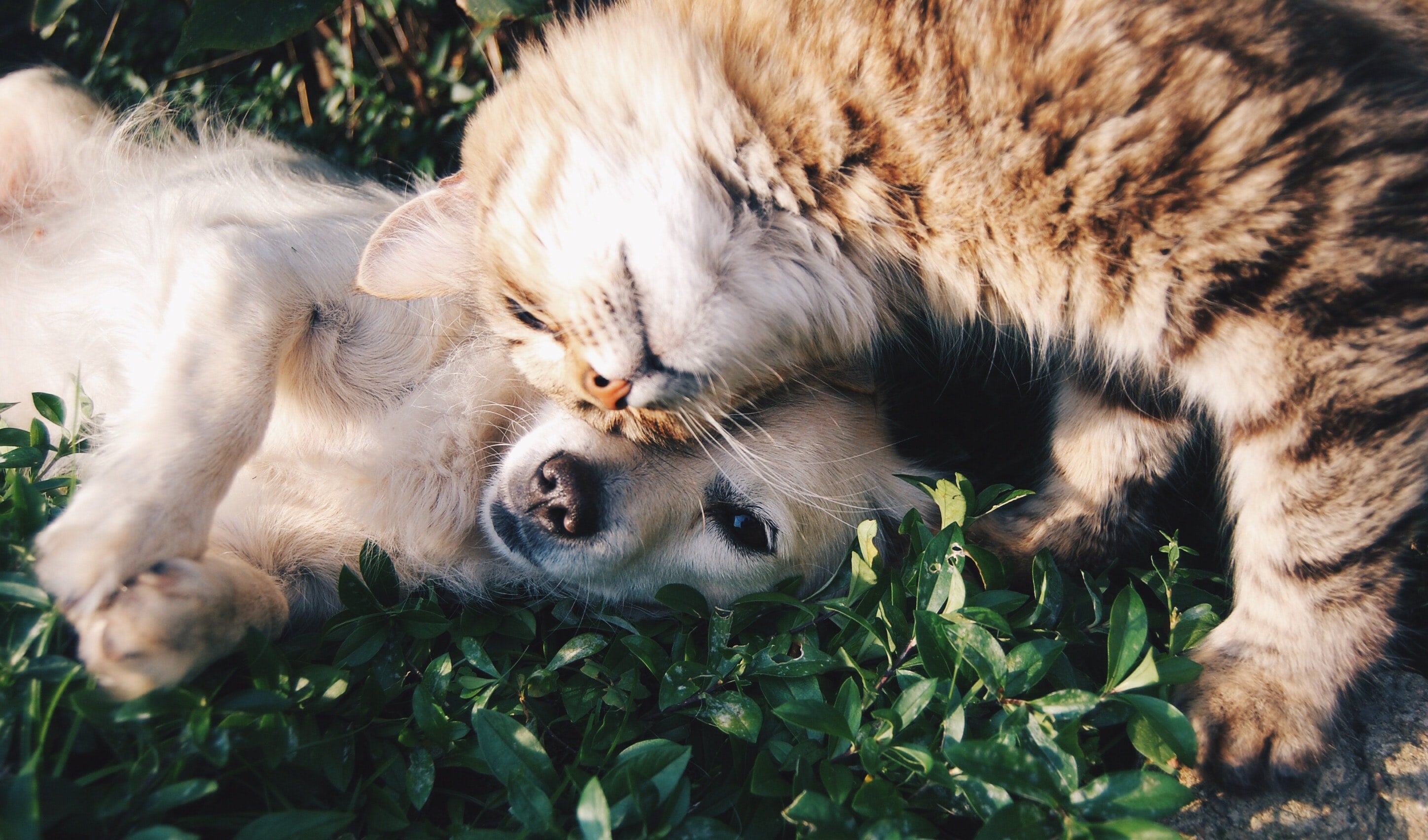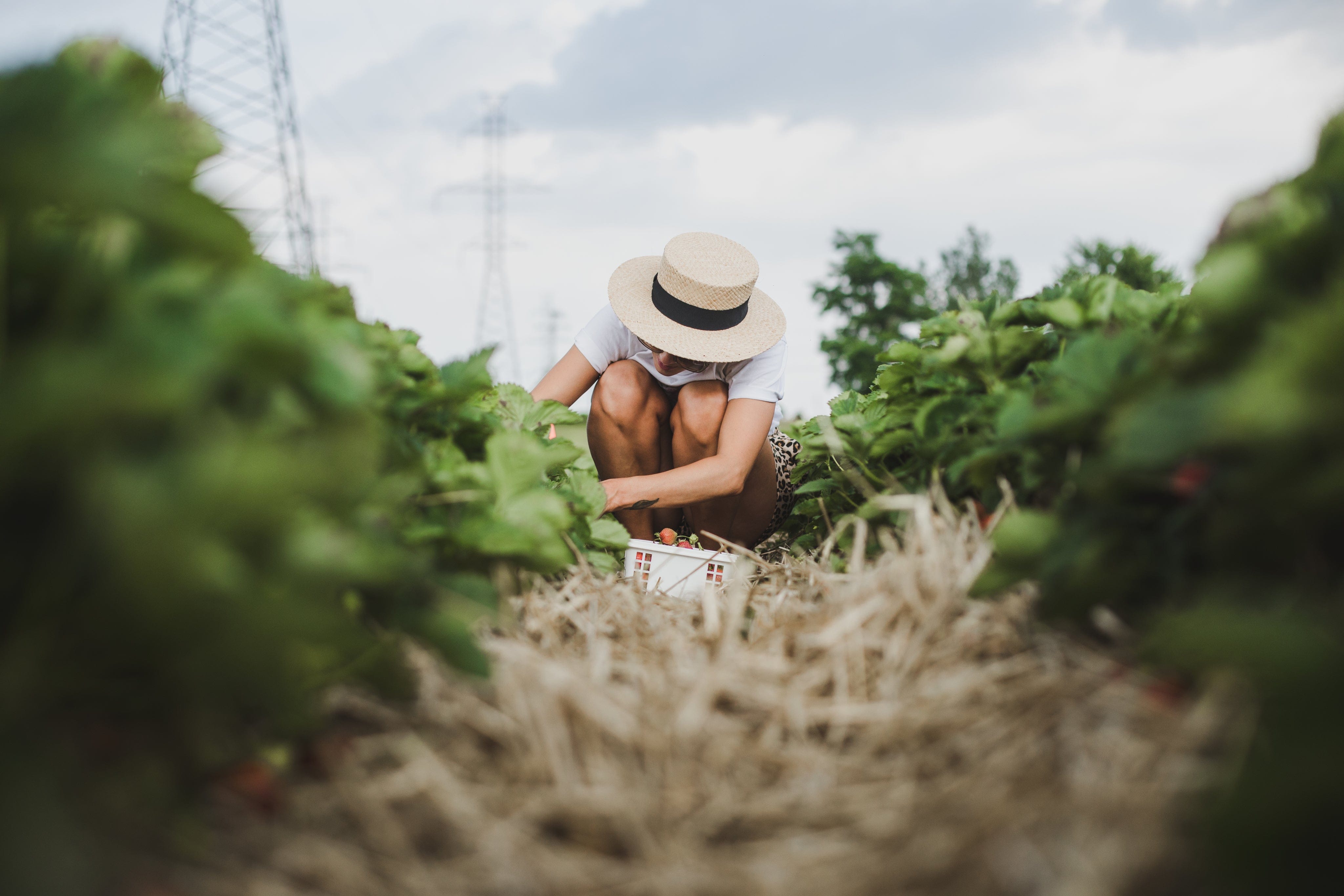
Companion Gardening: What & Why

Companion gardening is a practice that has been around for ages. Gardeners of all kinds, including those who have just been introduced to companion gardening, can easily implement the basics that make this style of gardening so effective.
Companion gardening is based on the idea that planting certain plants close to one another can be beneficial to one or both of the plants as well as to the soil.
These plants can enhance the growth potential of the plants they are placed next to or they can inhibit growth. Some companion plants are also fantastic for keeping pests away, which is really helpful in a vegetable garden, where plants are prone to being feasted on by aphids and worms. Finally, companion planting can be used to attract the good kinds of insects and even bird life into your garden space.
This way of gardening increases the biodiversity in your garden and will help you to be more organic in your approach to creating the ultimate garden space.
It is important to say that while you are researching companion gardening you might come across some information that says this practice is not backed by any scientific data. But while that may be the case, there is plenty of evidence to support the practice and which proves that it does in fact have some merit.
Learning to work with nature and to harness its invaluable power can prove to be more effective, and a lot less messy, than trying to figure out chemicals and all sorts of other manufactured gardening supplies designed to protect and nourish.

Learning what goes together
While companion planting can be so beneficial in a number of ways, it can have the opposite effect if it is not done the right way.
Some plants are really incompatible and can end up performing poorly when placed next to one another. And then you have the problem with nutrients being taken out of the soil instead of being put in. Some plants can really drain the soil of its nutrients which not only means you have to continuously replace the nutrients but it can also have a damaging effect on the other plants nearby.
When you are planning your garden and you intend to use the companion gardening method, you will definitely need to know which plants go together and which do not.
The Best Companion Plants
Sweet Alyssum and Swiss Chard Spinach

Both of these plants are remarkably easy to grow from seed, which makes them more affordable than most other plants that will need to be bought as seedlings or fully grown plants. Plant the Alyssum seeds between your rows of vegetables and you will not only attract hover flies which will keep aphids away, but you will also attract pollinators which might be beneficial to other plants in your garden. Sweet Alyssum grows quite low and won’t take up much space.
Maize, Squashes and Beans
Maize grows quite well alongside squashes and pumpkins, and maize is also quite useful to grow alongside beans, which can use the maize as a climbing stalk. Beans, overall, are also good to have in the garden because they will turn the nitrogen in the air into a form useful to plants. Growing pumpkins or squashes in the garden can help you to create a natural mulch which can protect the soil from water evaporation while it can also protect plants from the harsh sun.
Calendula and Broccoli
The stunning orange hues of the Calendula offset against the beautiful, rich green of the broccoli makes this combination a rather beautiful one. Calendulas have a sticky substance on their steams which attracts aphids and then traps them. Aphids happen to absolutely love to invade broccoli so this companionship is a must if you want your broccoli to remain aphid free, especially when they start to grow heads.
Calendula flowers are also beloved by ladybugs, who happen to eat aphids.
Lettuce, Tomatoes and Eggplants

These three plants have very different growing habits, which means that when one is just about fully grown, it can protect the others which have not quite yet got to their full size. Tomatoes and eggplants grow tall while lettuce grows a lot shorter and can be a lot more vulnerable to the sun. The tomatoes and eggplants can provide shaded protection for the lettuce.
Roses and Germaniums

It is not just vegetables that can benefit from having companion plants. Roses are prone to being eaten up by aphids, but luckily aphids hate plants with a strong odour or taste, so growing germaniums close by can help to keep these little bugs away. Marigolds can also be companion plants for roses, and they provide a lovely extra dash of colour.
Potatoes and Sweet Alyssum
Sweet Alyssum is a very versatile flower and it is also incredibly beautiful to look at. Just as the Sweet Alyssum is the perfect companion for spinach, it is also a great companion for potatoes. The small, sweet smelling flowers are known for attracting beneficial insects into the garden and they become a beautiful floor covering wherever you decide to grow it.
Beetroot and just about anything

Beetroot is a fantastic companion plant to a range of different plants. Because it takes up very little space, being a plant that grows beneath the soil, it can be grown alongside lettuce, beans, cabbage, broccoli, onions and even passion fruit.
Basil and Peppers

Basil is a fantastic herb to keep spider mites, flies, mosquitoes, and aphids away from your peppers. And it is said that basil can give your peppers a better flavour as well. Some of the other companion plants to grow next to peppers include tomatoes, onions and spinach.
Onions and Carrots

Onions are excellent when it comes to keeping carrot flies away and onions are also quite fabulous at keeping away aphids. You can also grow beets, parsnips, lettuce and tomatoes alongside your onions. Your root vegetables won’t take up all that much space allowing you to add more variety to your garden.
Interested in reading more, click on the below:
Just like humans, plants need companions too so tell your partner that The Pot Shack is the place to see




Leave a comment
This site is protected by hCaptcha and the hCaptcha Privacy Policy and Terms of Service apply.